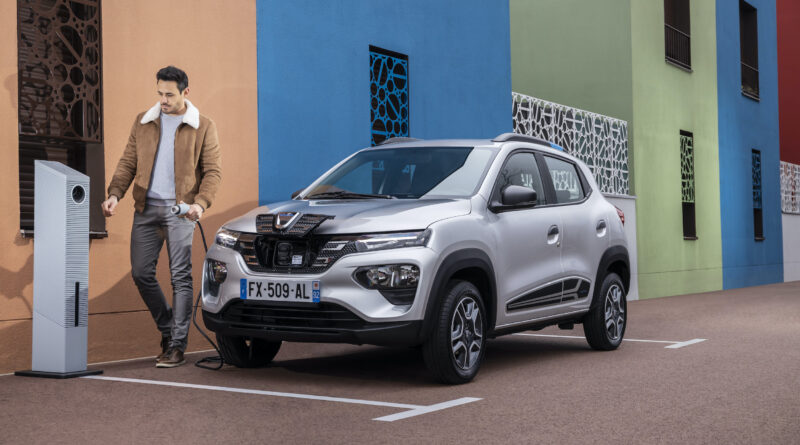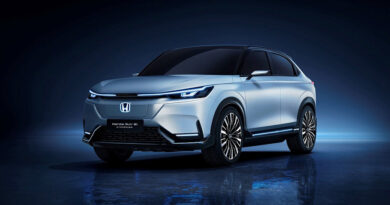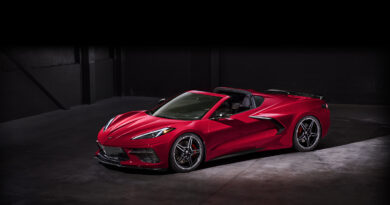Meet Europe’s most affordable EV
Less than $15,000 to put a brand-new EV with a European badge in your garage? This is no dream; it’s reality for any Italian who decides to buy a Dacia Spring.
Dacia, the Romanian budget brand owned by Renault, has just announced pricing of the Spring. Despite the name, deliveries begin in European autumn.
The Spring, according to Dacia, “makes electric mobility accessible to all”. And they have a point.
Even before the incentives and subsidies the governments of most countries in Europe offer EV buyers are taken into account, the Spring isn’t an expensive car.
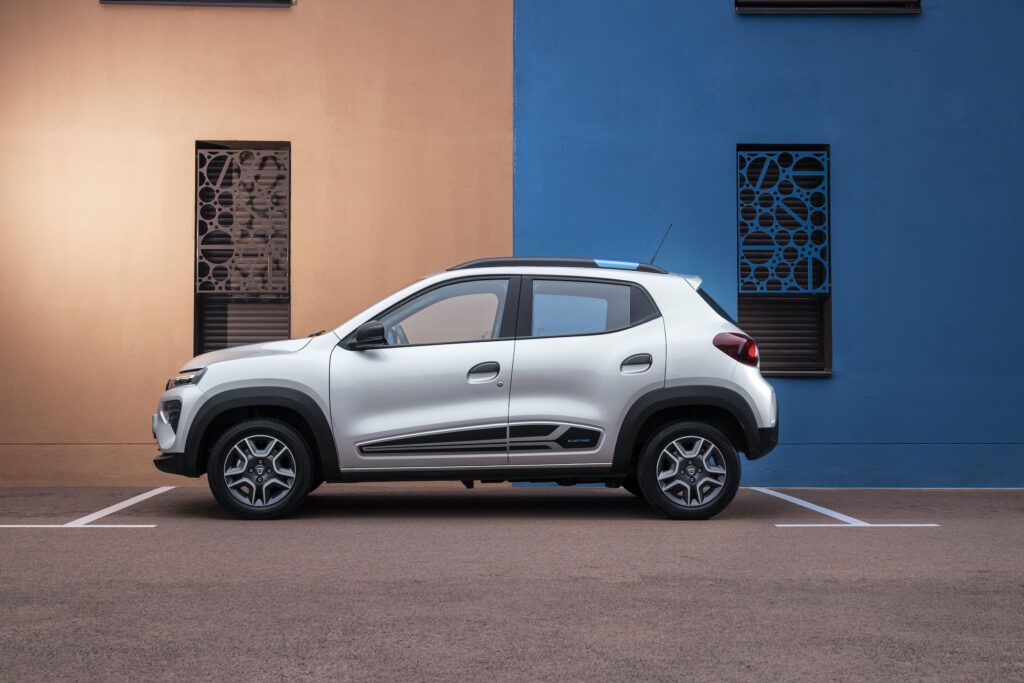
The full price of the base-grade Comfort version is the equivalent of $26,200. In Europe, as in Australia, this is around half the price of an entry-level Nissan Leaf. The Spring is also way cheaper than the growing band of small EVs on sale in Europe – including some oddball EVs and others that are closer to motorbikes than cars – but not in Australia, from brands like Honda, Renault, Mini, Peugeot, Citroen, Fiat and Opel.
There are variations in the amount national schemes to encourage the adoption of EVs reduce that base price. Not every country in Europe is as generous as Italy. In France, for example, the subsidy cuts the price of the Spring to $19,100.
The Dacia is a very basic EV. It’s no mini Tesla.
For a start, the Spring quite small. Though short and narrow, there’s room for four inside and a 270-litre cargo compartment.
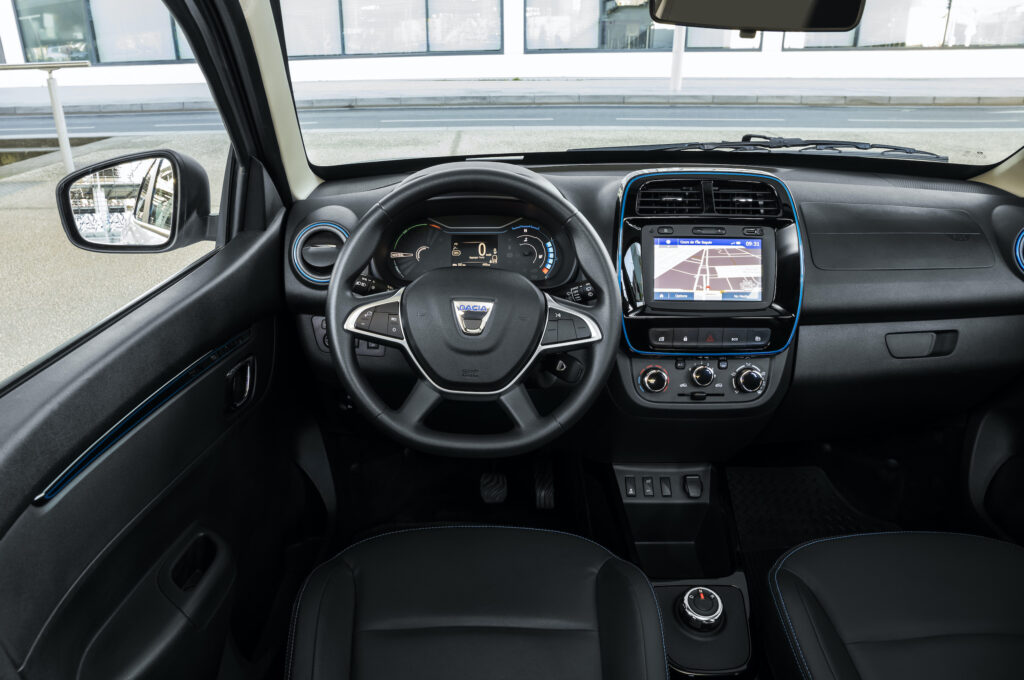
Standard equipment in the Dacia is very basic. There’s air-conditioning, but it’s manual, Bluetooth radio, USB port, LED daytime running lights and drab-looking fabric upholstery. A spare wheel and extra charging cable to connect the Spring public AC charger are both optional extras.
Driving range and performance are modest. The Dacia has a relatively small 27kWh lithium-ion battery pack and a single electric motor drives the front wheels. The synchronous permanent magnet machine delivers power and torque maximums of 33kW and 125Nm.
According to the WLTP combined cycle test standard, the Spring has a range of 230km. As is common with EVs, the city cycle result is better; 305km.
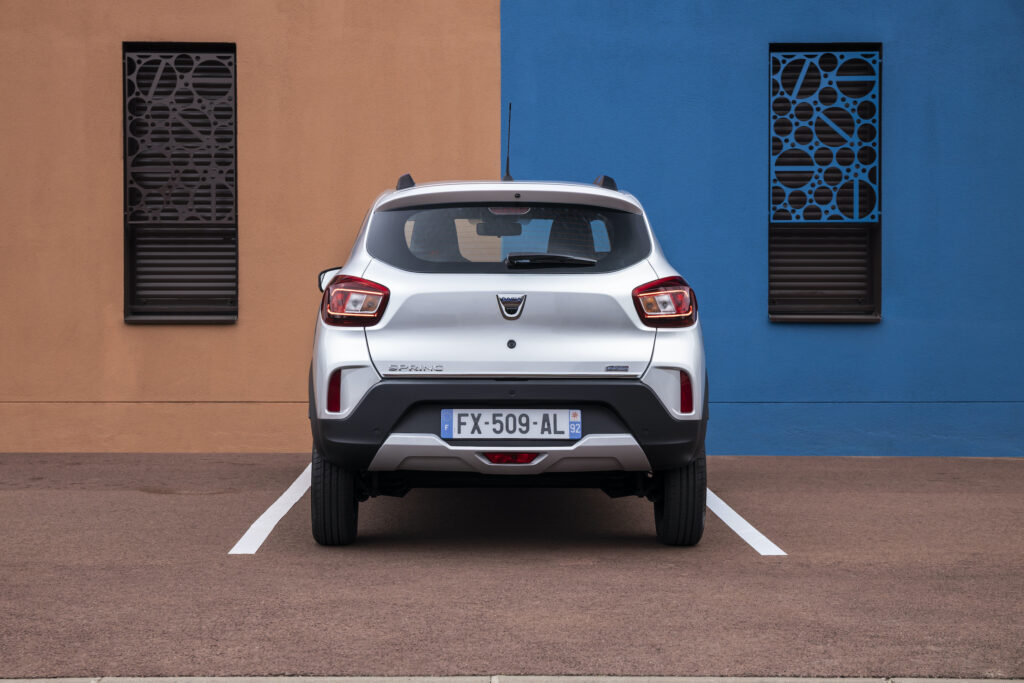
Acceleration? Not really. The 0-100km/h time is 19.1 seconds, according to Dacia, though 0-50km/h takes only 5.8 seconds. And the Spring’s top speed is limited to 125km/h.
No wonder that Dacia pitches the Spring as a city car. “It covers most urban mobility needs without fancy features,” the company says.
Despite the brand’s European origin, the Spring isn’t made in Romania. It’s built instead in China and the design is adapted from the Renault Kwid. Never heard of it? Me too. The Kwid, it turns out, is a tiny and very basic ICE-powered SUV sold only in India and South America.
The Spring might lack any kind of pedigree, and many luxuries, but the price is hugely impressive.

